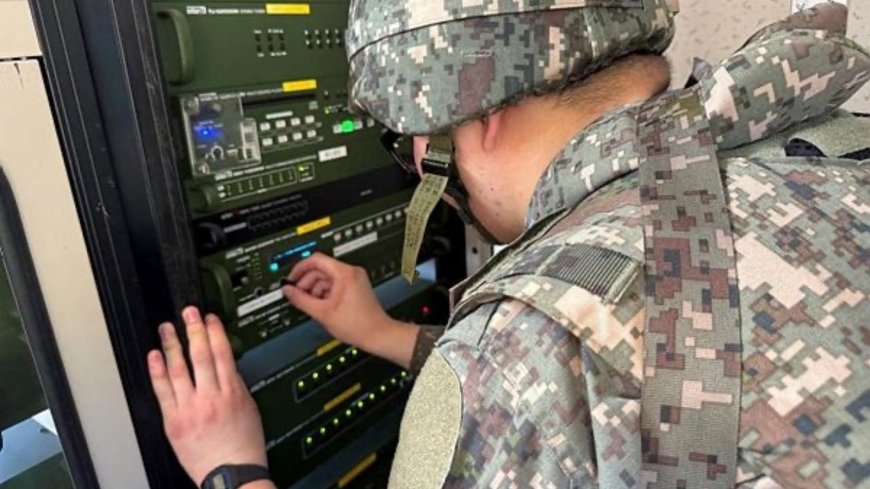South Korea announced on Monday that it has detected North Korea installing loudspeakers along their heavily fortified border. This development comes just a day after South Korea resumed broadcasting anti-Pyongyang propaganda, marking the first such broadcasts in years as the two nations engage in Cold War-style psychological warfare.
South Korea’s resumption of loudspeaker broadcasts on Sunday was in retaliation for North Korea's recent actions, where it sent over 1,000 balloons filled with trash and manure across the border. North Korea described its balloon campaign as a response to South Korean activists sending anti-North Korean propaganda leaflets into the North. Pyongyang is particularly sensitive to such material due to fears it could undermine Kim Jong Un’s authoritarian rule.
The tit-for-tat exchanges over loudspeakers and balloons have escalated tensions between the two Koreas, with broader implications for regional stability given the stalled talks over North Korea’s nuclear ambitions. In their latest nuclear planning discussions in Seoul, U.S. and South Korean officials reviewed strategies to counter growing threats from North Korea and discussed enhancing joint military training involving U.S. strategic assets.
Seoul’s Joint Chiefs of Staff confirmed the detection of North Korean loudspeakers being installed but did not specify their number or exact locations. As of Monday afternoon, these speakers remained silent. South Korea’s Sunday broadcasts reportedly included news, criticisms of North Korea’s government, and South Korean pop music.
Kim Yo Jong, the influential sister of North Korean leader Kim Jong Un, issued a stark warning on Sunday, declaring that South Korea's actions were a “prelude to a very dangerous situation” and threatening an unspecified “new response” if the broadcasts continue. She urged Seoul to cease activities that could provoke further confrontations.
In response, Lee Sung Joon, spokesperson for South Korea’s Joint Chiefs of Staff, noted that Kim’s comments represented a heightened verbal threat but refrained from speculating on potential North Korean actions. Lee emphasized that South Korean broadcasts were conducted in secure locations where soldiers could respond quickly if attacked.
South Korea had removed its loudspeakers from border areas in 2018 during a brief period of diplomatic engagement with the North under the previous liberal government. The decision to resume broadcasts reflects a hardening stance in response to North Korea’s provocative actions.
South Korea’s presidential office criticized North Korea for attempting to incite “anxiety and disruption” and stressed that Pyongyang would be “solely responsible” for any future escalation of tensions. The North's balloon campaign followed South Korean activists’ use of balloons to send anti-North Korean leaflets, USB sticks with South Korean media content, and other materials over the border. Analysts suggest that such content could demoralize North Korean troops and residents, potentially undermining Kim Jong Un’s control.
In 2015, when South Korea resumed loudspeaker broadcasts after an 11-year hiatus, North Korea responded by firing artillery rounds across the border, prompting South Korea to retaliate. Although no casualties were reported, the incident highlights the potential for such psychological warfare to escalate into physical confrontations














































